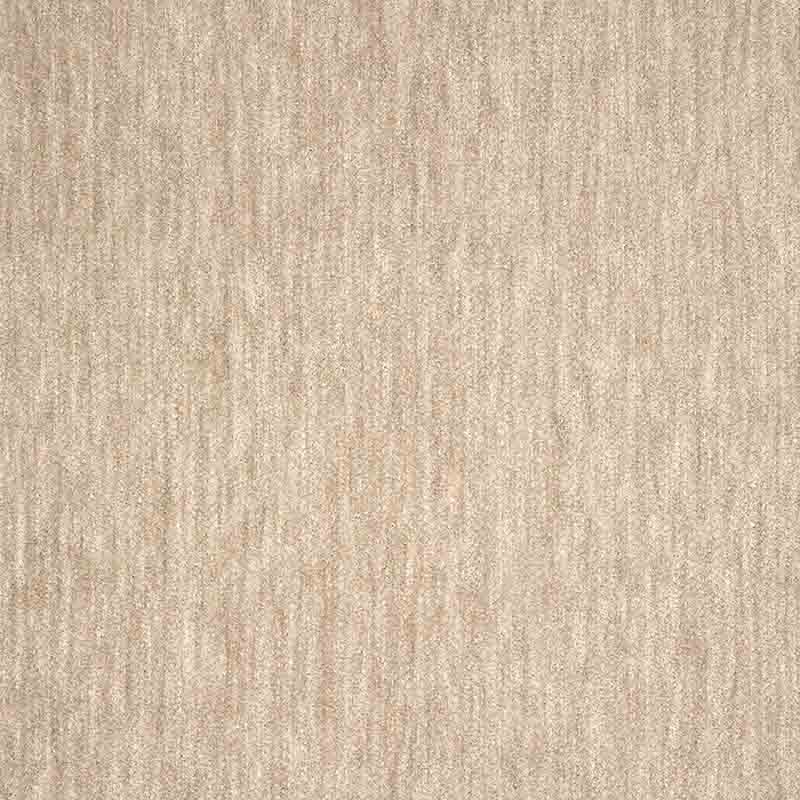Exploring 16th Century English Decorative Art Characteristics

16th Century English Decorative Art

In the rich tapestry of art history, the 16th century stands as a remarkable period for English decorative art. This era, shaped by the Renaissance’s humanism and the subsequent influence of the Tudor and Elizabethan monarchies, saw an exceptional blossoming of creativity and craftsmanship. This post will delve into the characteristics of 16th-century English decorative art, exploring the themes, materials, styles, and societal influences that defined this compelling era.
Characteristics of 16th Century English Decorative Art

Renaissance Influence
- Thematic Evolution: The Renaissance, with its focus on humanism, spurred a shift from religious to secular themes. Artwork began to depict daily life, myths, and allegories.
- Human Form: There was a notable emphasis on the realistic portrayal of the human body, with artists mastering the techniques of anatomy and perspective.
Tudor and Elizabethan Influences
- Symbolism: The Tudor and Elizabethan periods were known for their intricate symbolism, where flowers, animals, and motifs represented wealth, power, and the divine right of monarchs.
- Portraiture: This era saw a boom in portraiture, particularly of the royalty and nobility. The art served not just as decoration but also as political propaganda.
Key Features and Techniques

Materials Used
- Wood: Oak was prevalent, with intricate carvings adorning furniture and architectural elements.
- Stone and Marble: Used for statuary, tombs, and ornamental features, showcasing skilled craftsmanship.
- Textiles: Embroidery was a fine art, and tapestries often told stories or depicted grand events.
- Metals: Gold and silver were used in jewelry, decorative objects, and in the detailing of armor.
Ornamentation and Design
| Feature | Description |
|---|---|
| Motifs | Floral, geometric, and heraldic designs were common, with the Tudor rose being a popular symbol. |
| Strapwork | Interlaced bands of decoration often seen in wooden panels or architecture. |
| Grotesques | Capricious combinations of human, animal, and plant forms, borrowed from Italian grotesques. |
| Inlay Work | Marquetry (wood) and pietra dura (stone) were used to create lavish inlaid patterns. |

Notable Artists
- Lucas Horenbout: Known for his exquisite miniatures, he brought the technique to England from the Netherlands.
- Nicholas Hilliard: His portrait miniatures epitomized the Elizabethan era's sense of style and nobility.
- Hans Holbein the Younger: Though German, his work in England defined the visual culture of the Tudor court.
Influences on Society
The art of the 16th century did not exist in isolation; it was profoundly influenced by and reflective of the social and political context:
- Monarchic Patronage: Royal patronage was a driving force, with monarchs commissioning works to enhance their status and legacy.
- Court Culture: The opulence of court life, particularly under Elizabeth I, set trends in fashion, art, and decor.
- Religious Changes: The Reformation caused a shift from religious iconography to secular art, with the dissolution of the monasteries redistributing artistic wealth.
🛑 Note: While understanding the influence of royalty on art, it's important to acknowledge the societal impact beyond the court, where local artists and craftsmen also contributed significantly to the richness of the era's decorative art.
As we reflect on the 16th century, it is clear that English decorative art during this time was not merely an aesthetic endeavor but also a reflection of the cultural, political, and religious shifts that characterized the period. The Renaissance's impact, the monarchy's opulence, and the evolving tastes of the gentry all played pivotal roles in shaping a rich, diverse, and enduring legacy of decorative art.
What were the main influences on 16th-century English decorative art?

+
The primary influences included the Renaissance, which brought a focus on humanism and realism; the monarchy, with its patronage and symbolic motifs; and the Reformation, which shifted art from religious to secular themes.
Who were some notable artists of the period?

+
Artists like Lucas Horenbout, Nicholas Hilliard, and Hans Holbein the Younger were instrumental in shaping the era’s decorative art, particularly through portraiture and miniatures.
What materials were commonly used in decorative art?

+
Materials like wood, particularly oak, stone, marble, textiles for embroidery, and metals such as gold and silver were widely used for both utilitarian and decorative purposes.
How did the Reformation impact decorative art?

+
The Reformation led to a decline in religious art and an increase in secular themes. Monasteries were dissolved, which redistributed artistic wealth and opportunities for artists to explore new subjects.
What were the key characteristics of 16th-century English decorative art?

+
Key characteristics include the use of symbolic motifs, realistic portrayal of the human form, intricate carving and inlay work, and a shift towards secular themes influenced by the Renaissance and the Reformation.


